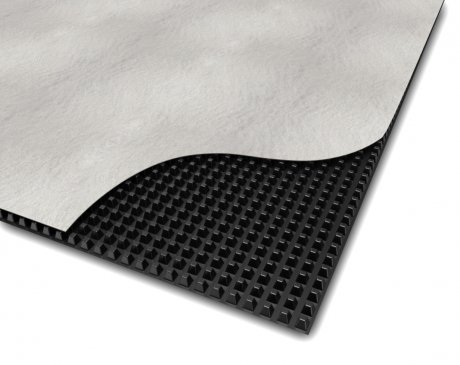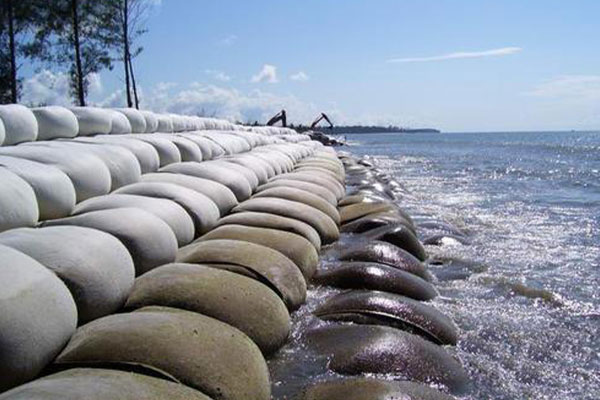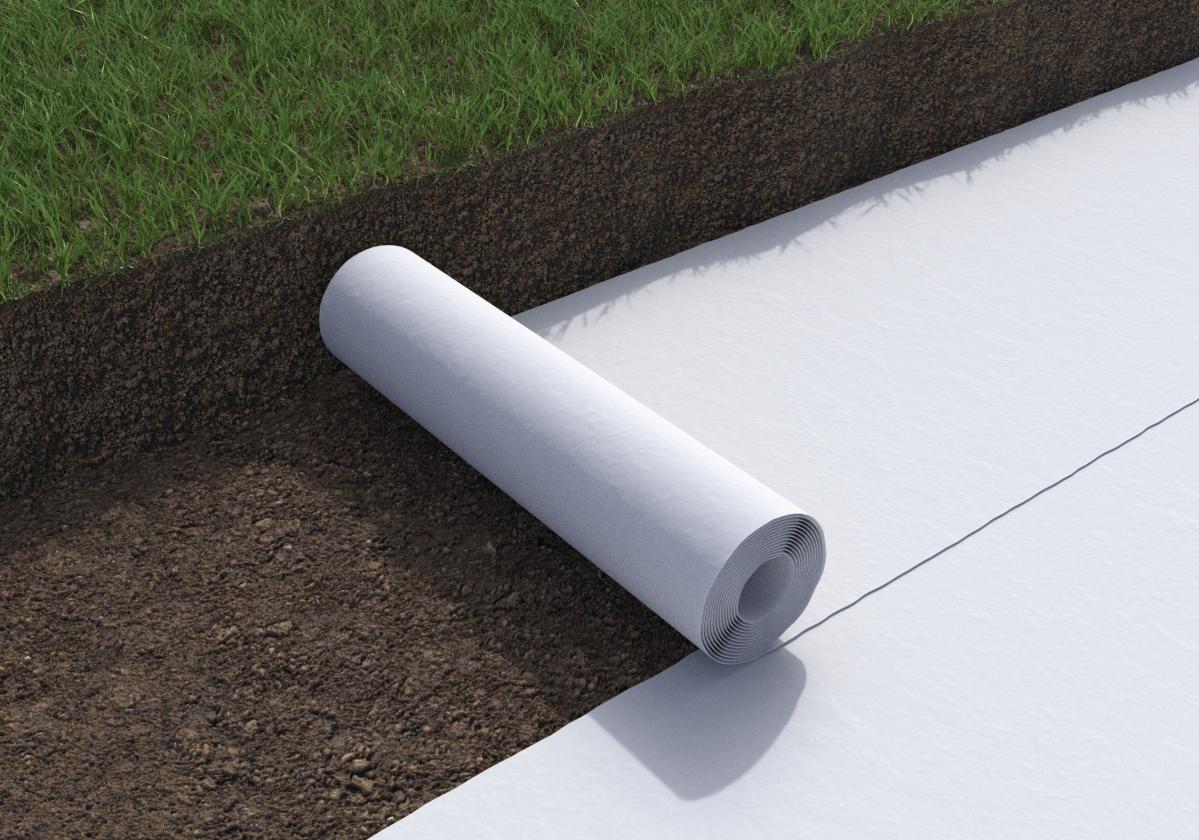- walltagadmin
- November 21, 2023
- Blog
Introduction to Geocomposite Drainage Systems
Water is an essential part of our lives, but its presence may also present substantial obstacles, particularly when it accumulates in undesirable places. Flooding, soil erosion, and stagnant water can all wreak havoc on our infrastructure, environment, and daily lives. Geocomposite drainage systems are one approach being researched to overcome these difficulties. Let’s take a look at geocomposite drainage systems, their components, applications, benefits, and why they are becoming a game changer in water management.
Understanding Geocomposite Drainage Systems
Geocomposite drainage systems are engineered materials that are used to efficiently manage surface and underground water. They are made up of a number of carefully selected components that work together to improve overall performance. Depending on the application, these components may comprise geotextiles, geonets, and occasionally a geomembrane.
- Geotextiles:
Geotextiles are nonwoven or woven fabrics made of synthetic materials such as polypropylene or polyester. They function in the geocomposite as a filter and separator, allowing water to pass through while preventing soil or other particles from clogging the drainage system. Geotextiles also protect the underlying components, extending their lifespan.
- Geonets:
Geonets are three-dimensional grids or matrices made of high-density polyethylene (HDPE). They allow water to pass through the geocomposite while also increasing the structural stability of the system. Geonets are frequently utilized to replace standard gravel layers, which saves time and money during installation.
- Geomembranes:
These are impermeable sheets made of materials such as HDPE or PVC that are placed between the geotextile and geonet layers to prevent water from infiltrating the underlying soil
Applications of Geocomposite Drainage Systems
Geocomposite drainage systems are used in a wide range of sectors due to their versatility and efficiency. Here are some of the most prevalent uses:
- Civil Engineering and Construction:
Geocomposite drainage systems are utilised in civil engineering projects such as highways, tunnels, and foundations to regulate groundwater and reduce waterlogging. They can also safeguard structures from potential harm caused by soil erosion and settlement.
- Landfills:
Landfills require efficient drainage systems to control leachate, the liquid produced by garbage breakdown. Geocomposite drainage systems aid in the collection and transportation of leachate to proper disposal sites, hence preventing environmental contamination.
- Agriculture:
These systems are used in agriculture to maintain soil moisture levels, reduce waterlogging, and manage runoff, guaranteeing ideal crop growing conditions.
- Sports Fields and Golf Courses:
Geocomposite drainage systems are used to maintain optimal playing conditions on sports fields and golf courses by quickly draining excess water after rain, reducing surface flooding and turf damage.
- Green roofs:
Green roofs are becoming increasingly popular due to their environmental benefits. Geocomposite drainage systems aid in the management of excess rainwater, decreasing roof load and enhancing insulation.
Benefits of Geocomposite Drainage Systems
- Improved Performance:
When compared to typical solutions such as gravel, geocomposite systems provide improved drainage capabilities. They efficiently manage water, lowering the risk of soil erosion and the accumulation of subsurface water.
- Cost-effective:
While the initial investment may be more expensive, due to their durability and lower maintenance requirements, geocomposite systems are frequently more cost-effective in the long run.
- Sustainability:
Geocomposite drainage solutions help to ensure sustainability by reducing excavation and the use of natural resources such as gravel. They also aid in groundwater recharge and promote ecologically friendly techniques like green roofing.
- Space-Efficient :
Geocomposite drainage systems take up less space than typical drainage systems, making them excellent for projects with limited land availability.
- Easy Installation:
Installation of geocomposite drainage systems is faster and less labour-intensive than traditional methods, saving time and money.
- Versatility:
These systems are adaptable to unique project needs, making them appropriate for a wide range of applications.
Challenges and Considerations
- Proper Design:
It is critical to have an effective design in place to ensure that the geocomposite drainage system operates best for a given application. Soil type, rainfall patterns, and water table levels are all taken into account in proper construction.
- Maintenance:
While geocomposite systems require less maintenance than traditional solutions, they must be inspected on a regular basis to ensure they continue to work efficiently.
- Quality Control:
Ensuring the quality of materials and installation is critical to preventing the drainage system from failing prematurely.
Embrace Innovation With Wall Tag Geocomposite Drainage Systems
In the ever-changing field of water management systems, Wall Tag geocomposite drainage systems stand out as a beacon of innovation and dependability. By using Wall Tag, you are investing in the lifespan, efficiency, and sustainability of your projects. Our solutions have already reshaped many landscapes, and yours might be next. Contact Wall Tag today to learn more about our geocomposite drainage solutions and how we can help you construct a brighter and a more sustainable future.



